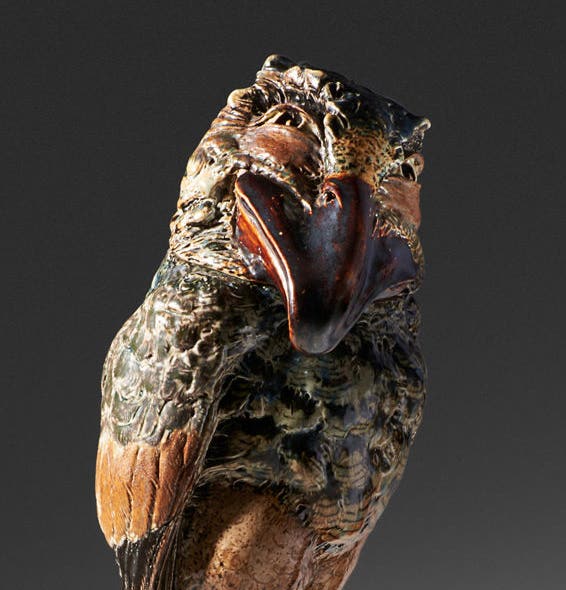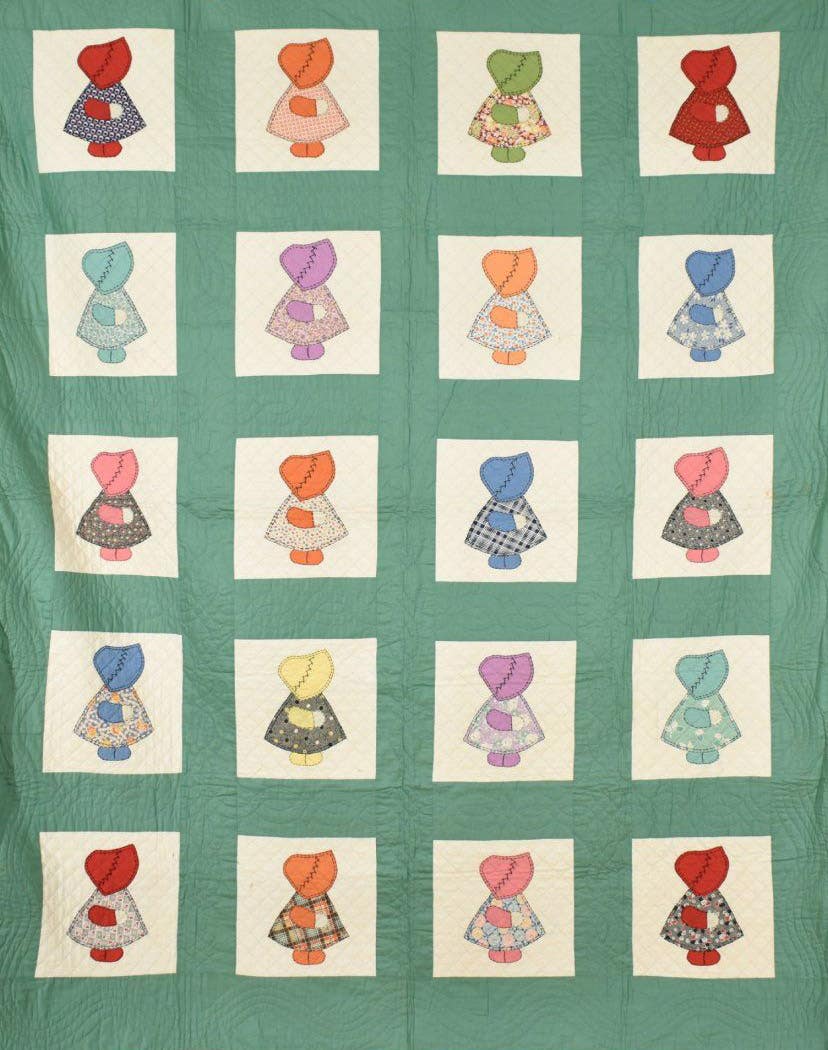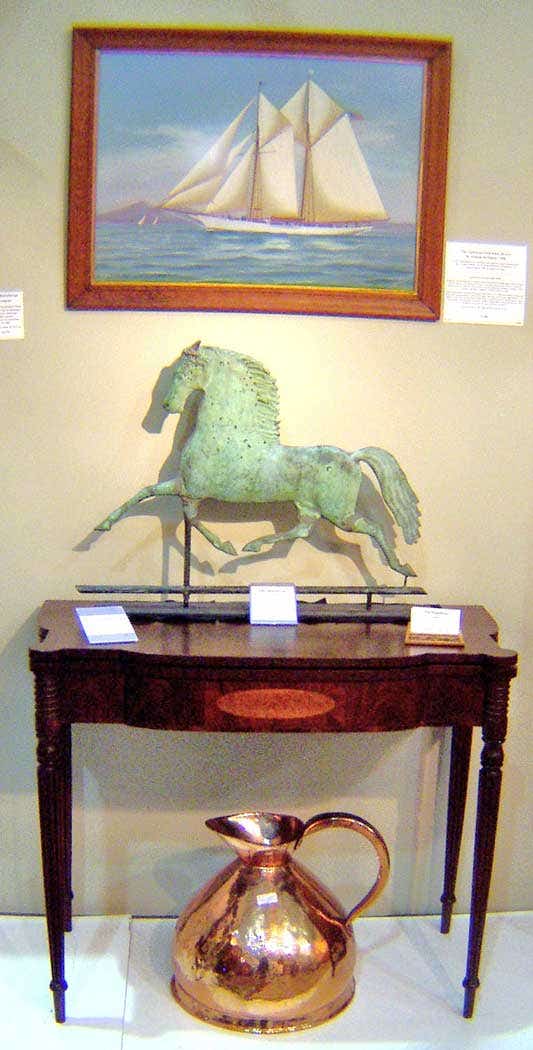Fountain pen restoration requires patience, delicate touch
FORT MYERS, Fla. – Greg Schiek, proprietor of AntiqueDigger.com, restores American made fountain pens from the early 1920s to the late 1950s. Fountain Pen Restoration Work Fulfilling He says most…
FORT MYERS, Fla. – Greg Schiek, proprietor of AntiqueDigger.com, restores American made fountain pens from the early 1920s to the late 1950s.
Fountain Pen Restoration Work Fulfilling
He says most of his restoration work is on Parker, Sheaffer and Waterman fountain pens. Restoring a fountain pen, in many cases, is meticulous work. “The celluloid and hard rubber pens can be brittle to work with and one requires extreme patience and the ability to be delicate with the parts they are working with,” Schiek explains. “One wrong move could damage a part that could be very difficult to repair or find to replace.”
The process takes time and a gentle touch. According to Schiek, “If I were to restore a Waterman 52 black chased hard rubber fountain pen from the 1920s, I would start by removing the cap from the barrel. Next, I would remove the section from the barrel. Then I would use a knockout block to remove the feed and nib from the section. I would also remove the lever assembly and pressure bar from the inside of the barrel.
“Once I have everything removed,” Schiek continues, “it is a process of cleaning and polishing the parts.”
Sneak Peek Into One of Schiek's Processes
With the Waterman fountain pens from the 1920s, they are made from hard rubber. Using water to clean hard rubber fountain pens is not ideal. This is because the hard rubber can swell if it meets water for an extended period of time. In also can cause the components to not fit properly when being put back together. Using mineral oil on hard rubber fountain pens is a better alternative.
I clean the inside of the cap and barrel with mineral oil and cotton swabs until all of the ink, dirt and
grime are no longer evident on the cotton swabs. On the trim, which typically is the clip and banding on the cap, lever box assembly and the nib, I will use Simichrome or Navaljelly and cork to polish these areas/parts bright again.
The section nipple will receive a new ink sac that will secure with shellac. The pressure bar receives a thorough cleaning in an ultrasonic bath and micromesh sanding as they are typically covered with tough to remove dirt and grime. I will reattach the lever box assembly back to the barrel and secure the lever to the pressure bar. I will use a brass shim to clean in between the tines of the nib. Then I'll secure the nib and feed back into the section.
Meticulous Steps Lead to Ready-to-Write Condition
After the cleaning is complete, I will secure the section with new ink sac, feed and nib back to the barrel. Once the fountain pen is fully put back together, I test the lever and new ink sac. This is to make sure the fountain pen “sucks” up ink. It also tests the flow of ink from the feed to the nib on paper. If all goes well, we have a fully restored, working fountain pen in ready-to-write condition for a new owner.
Greg Schiek invites individuals with questions pertaining to fountain pens or the hobby to contact him at info@antiquedigger.com.








